Cats are fascinating creatures, with all sorts of endearing and quirky behaviors that captivate the hearts of millions of pet owners worldwide. Among these behaviors, one stands out as particularly endearing and mysterious: kneading. Often referred to as “making biscuits,” this rhythmic motion of pressing their paws against soft surfaces is not just an adorable pastime for felines. But why do cats knead, and what does it mean? This article delves into the science behind this behavior, offering insights into its origins, meanings, and implications for cat owners.
The Origins of Kneading
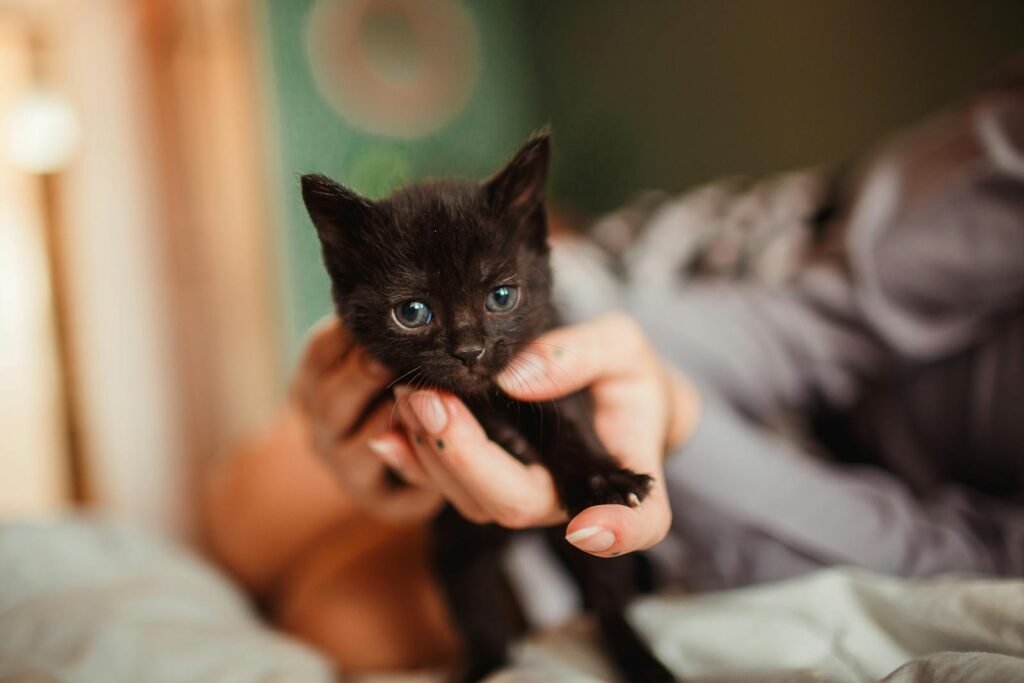
Kneading is a behavior that cats typically carry over from their kittenhood. Kittens knead their mother’s belly to stimulate milk flow during nursing, a behavior that’s both instinctual and essential for their survival. This action is deeply embedded in their development, serving as a comforting and rewarding experience associated with their early life.
Why Do Adult Cats Continue to Knead?
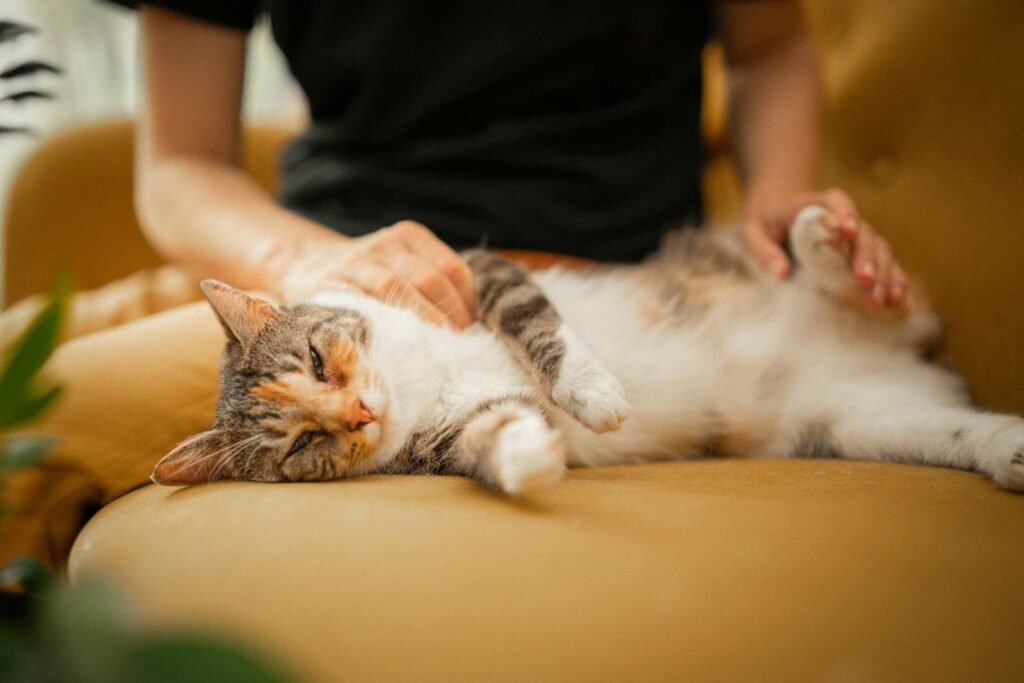
As cats grow into adulthood, they often continue the kneading behavior, and this can be attributed to several factors. One theory suggests that kneading is a comfort behavior, reminiscent of the warmth and security of their mother. Additionally, some believe that kneading is a way for cats to mark their territory. Cats have scent glands in their paws, and the act of kneading may help them deposit their unique scent, essentially staking a claim on their favorite resting spots.
Kneading and Emotional Expression
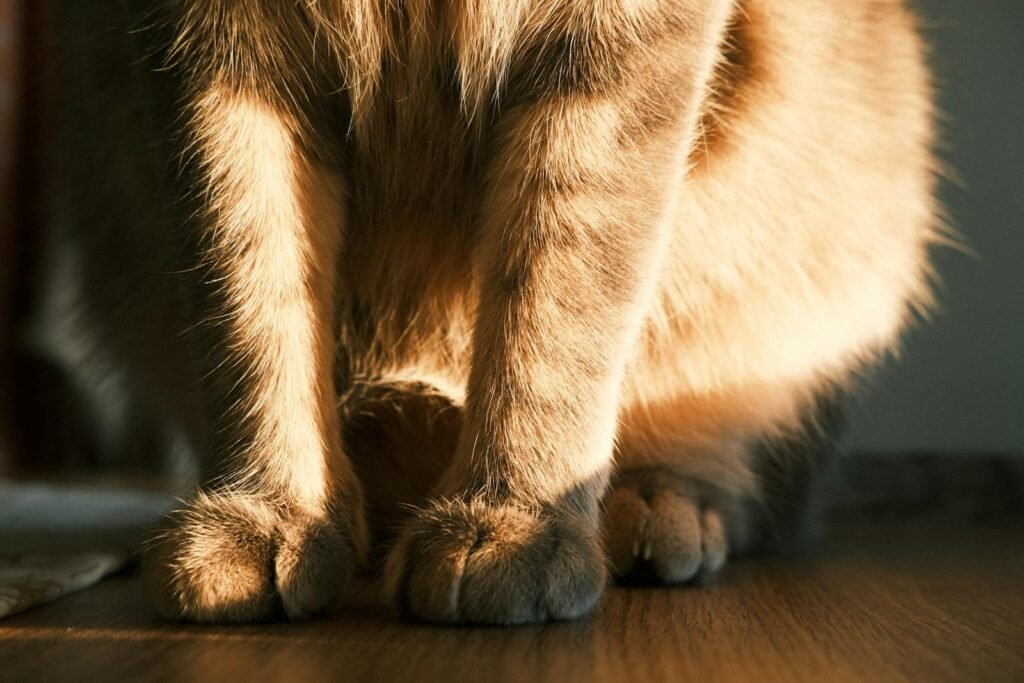
Kneading is often observed during moments of relaxation, suggesting that it’s a sign that a cat feels safe and content. When a cat climbs onto your lap and begins to knead, it is often a gesture of affection and trust. For pet owners, this can be seen as a compliment — a sign that your cat feels at ease in your presence.
The Role of Kneading in Comfort and Relaxation
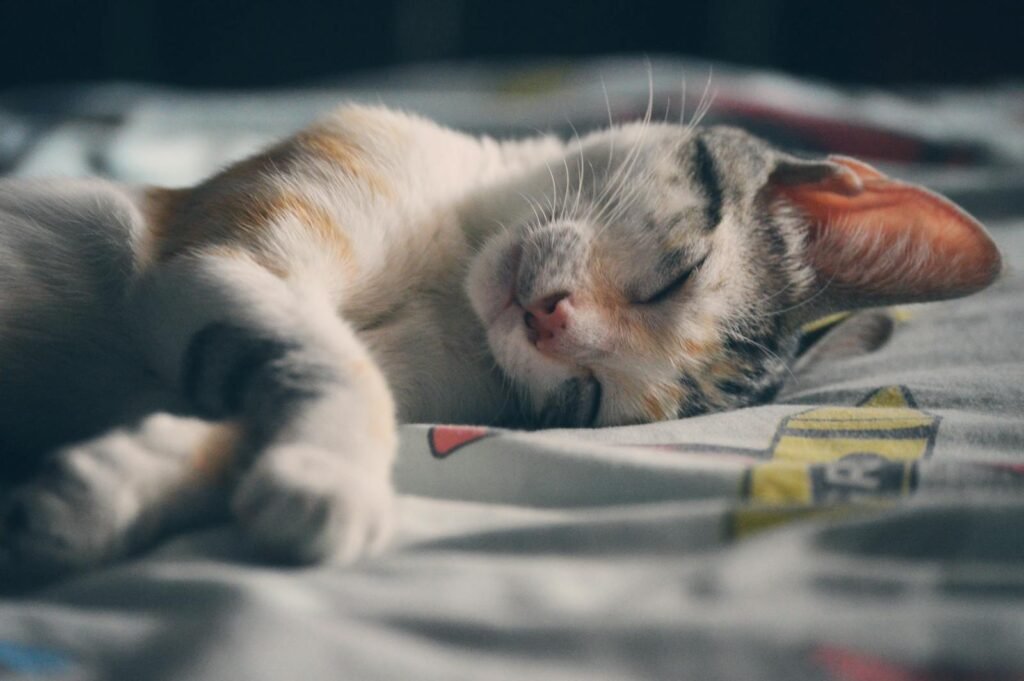
Much like a human might find comfort in the repetitive motions of twirling hair or tapping a foot, cats may use kneading as a self-soothing mechanism. This rhythmic motion can be a natural form of stress relief that helps them relax in various settings.
Scientific Perspectives on Kneading

From a scientific standpoint, kneading is often interpreted through the lens of evolutionary biology. Behaviors that are deeply ingrained, such as kneading, typically have roots in survival and adaptation. For instance, kneading in the wild might relate to creating a comfortable sleeping area by softening grass or leaves. This behavior could have provided a survival advantage, which has been preserved in domestic cats.
Kneading and Social Bonding
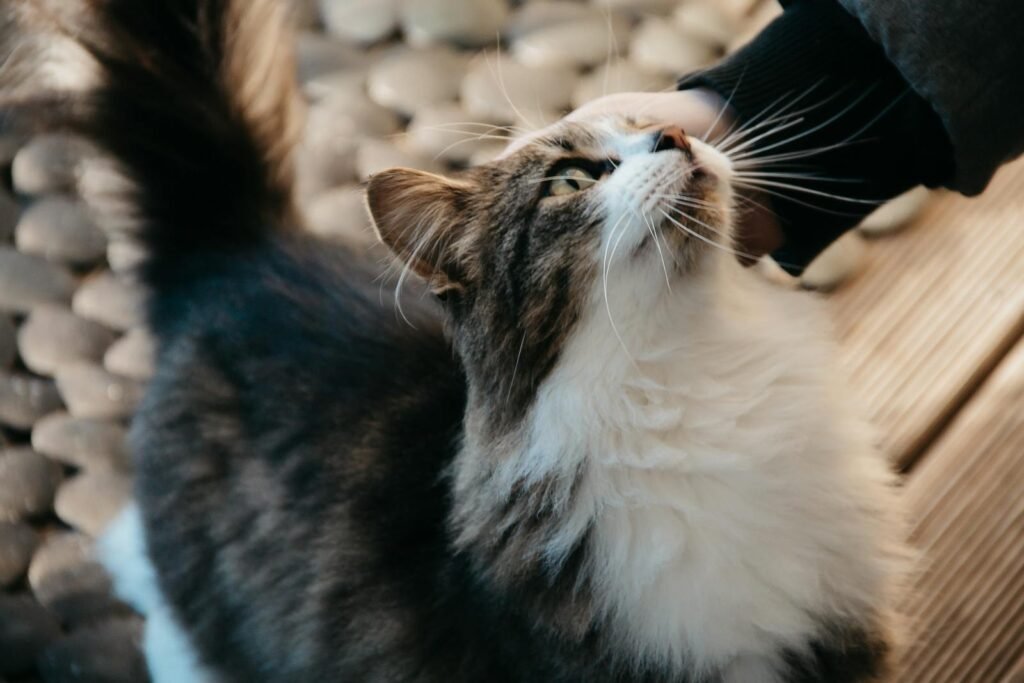
Kneading can also play a role in the social dynamics between cats and humans. Frequently, cats knead their favorite people as a form of bonding, similar to how they might groom each other. This creates a shared experience that reinforces the human-animal bond.
Caring for a Cat That Kneads
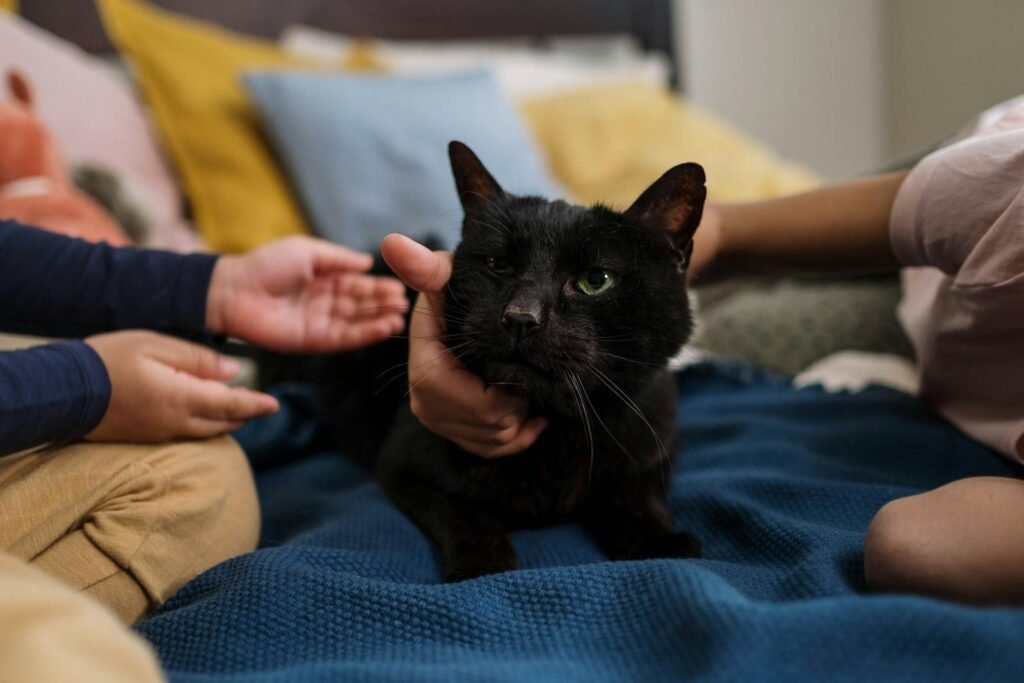
In dealing with a cat that kneads, it’s important to protect your surfaces and skin, as some cats extend their claws, potentially causing discomfort or damage. Providing a thick blanket or towel can offer protection while still allowing your cat to enjoy their favorite activity. Regular nail trimming can also help reduce the risk of accidental scratches.
How to Respond to Kneading
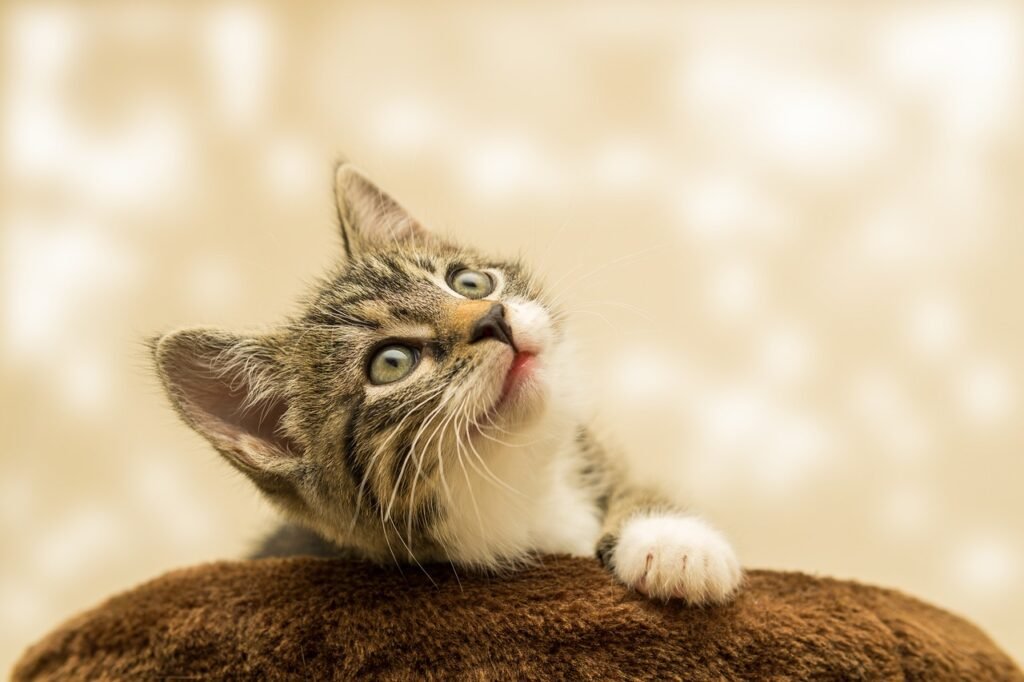
If your cat begins to knead on you, it’s a perfect opportunity to enjoy the bonding moment. Softly talking to them or petting them can enhance the experience. However, if the kneading becomes uncomfortable, gently redirecting them to another spot or providing a soft surface can keep both of you happy.
Understanding Kneading in Different Breeds
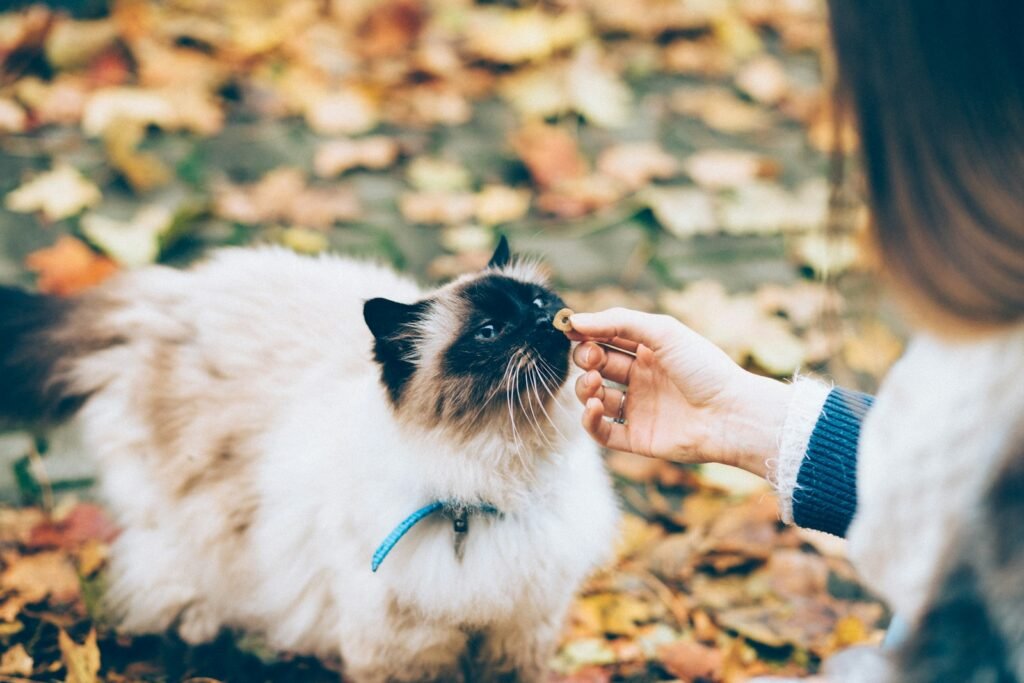
While kneading is a common behavior among all cats, some breeds might exhibit it more frequently than others. For instance, breeds known for their affectionate and social nature, like Ragdolls and Maine Coons, might knead more than others. Recognizing these differences can help you better understand your cat’s behavior.
Concluding Thoughts
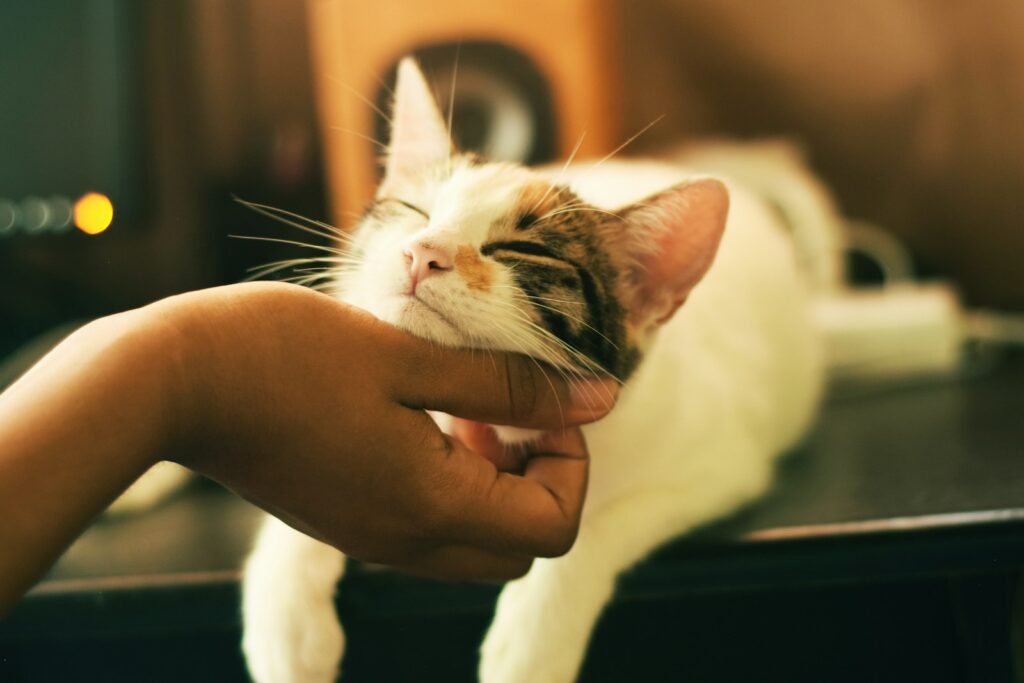
The act of kneading provides a fascinating glimpse into the world of feline behavior, combining elements of instinct, emotion, and social interaction. Whether it’s a reminder of kittenhood comfort, a method of communication, or simply a way to relax, kneading is a complex behavior that enriches the bond between cats and their humans. Understanding and appreciating this behavior can enhance the relationship you share with your feline friend, making every kneading session a shared moment of joy and trust.

Suhail Ahmed is a passionate digital professional and nature enthusiast with over 8 years of experience in content strategy, SEO, web development, and digital operations. Alongside his freelance journey, Suhail actively contributes to nature and wildlife platforms like Feline Fam, where he channels his curiosity for the Feline into engaging, educational storytelling.
With a strong background in managing digital ecosystems — from ecommerce stores and WordPress websites to social media and automation — Suhail merges technical precision with creative insight. His content reflects a rare balance: SEO-friendly yet deeply human, data-informed yet emotionally resonant.
Driven by a love for discovery and storytelling, Suhail believes in using digital platforms to amplify causes that matter — especially those protecting Earth’s biodiversity and inspiring sustainable living. Whether he’s managing online projects or crafting wildlife content, his goal remains the same: to inform, inspire, and leave a positive digital footprint.






